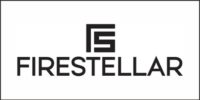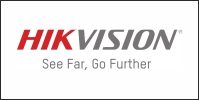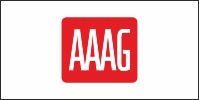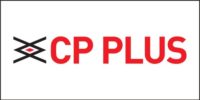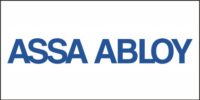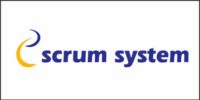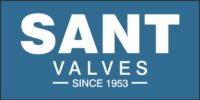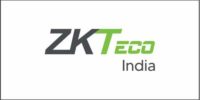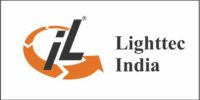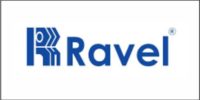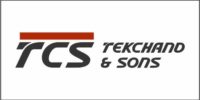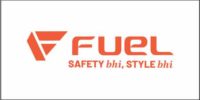 Respiratory Protection Equipment (RPE) plays a vital role in safeguarding workers from hazardous air pollutants in industrial workplaces. However, RPE is considered a last resort in occupational safety, used only when other control measures fail to eliminate or reduce airborne hazards effectively. This underscores the necessity of a robust Respiratory Protection Program (RPP) to ensure that RPE is appropriately selected, utilized, and maintained. In petrochemical industries, where exposure to toxic gases and particulates is common, integrating RPP into occupational health and safety protocols is paramount. This article delves into the evaluation of RPP implementation in Iranian petrochemical industries, shedding light on compliance gaps and proposing actionable solutions for improvement.
Respiratory Protection Equipment (RPE) plays a vital role in safeguarding workers from hazardous air pollutants in industrial workplaces. However, RPE is considered a last resort in occupational safety, used only when other control measures fail to eliminate or reduce airborne hazards effectively. This underscores the necessity of a robust Respiratory Protection Program (RPP) to ensure that RPE is appropriately selected, utilized, and maintained. In petrochemical industries, where exposure to toxic gases and particulates is common, integrating RPP into occupational health and safety protocols is paramount. This article delves into the evaluation of RPP implementation in Iranian petrochemical industries, shedding light on compliance gaps and proposing actionable solutions for improvement.
The Importance of Respiratory Protection Programs
The petrochemical sector involves processes that generate a wide range of air pollutants, including volatile organic compounds (VOCs), particulate matter, and toxic gases. Prolonged exposure to such hazards can lead to severe respiratory and systemic health issues. To mitigate these risks, RPPs are designed as a systematic approach to ensure the effective use of RPE. A well-implemented RPP encompasses hazard evaluation, equipment selection, medical evaluations, employee training, and proper maintenance practices.
Despite its importance, RPP is often overlooked or inadequately implemented in many industries. Petrochemical facilities, with their complex operational environments and high exposure risks, require stringent adherence to RPP standards. This study evaluates the extent to which Iranian petrochemical industries comply with RPP standards and highlights the critical elements needing attention.
Study Methods: Assessing RPP Compliance
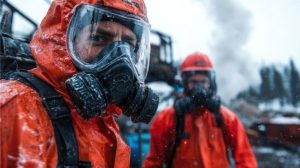 This cross-sectional study was conducted across 24 petrochemical industries in Iran. A checklist, based on the Occupational Safety and Health Administration (OSHA) respiratory protection standard, served as the survey instrument to evaluate the implementation of RPP elements. To quantify compliance, the study developed a Respiratory Protection Program Index (RPPI) using the Analytic Hierarchy Process (AHP). The RPPI provided a weighted measure of the compliance rate (CR) for various RPP elements.
This cross-sectional study was conducted across 24 petrochemical industries in Iran. A checklist, based on the Occupational Safety and Health Administration (OSHA) respiratory protection standard, served as the survey instrument to evaluate the implementation of RPP elements. To quantify compliance, the study developed a Respiratory Protection Program Index (RPPI) using the Analytic Hierarchy Process (AHP). The RPPI provided a weighted measure of the compliance rate (CR) for various RPP elements.
Data collection included evaluating respiratory hazard assessments, RPE selection, medical evaluations, and training programs. The data analysis was performed using Microsoft Excel 2010, enabling researchers to identify strengths and weaknesses in the RPP implementation across the surveyed facilities.
Key Findings and Insights
- Critical Role of Respiratory Hazard Evaluation
According to experts, respiratory hazard evaluation emerged as the most critical element of RPP. Accurate identification and assessment of workplace air contaminants are foundational to selecting appropriate RPE and implementing effective protection measures. Without a comprehensive hazard evaluation, other RPP components become ineffective.
- Compliance Rate and RPPI Analysis
The average RPPI across the studied petrochemical industries was a mere 49% ± 15%, indicating suboptimal adherence to RPP standards. This low compliance rate reflects significant gaps in the integration of respiratory protection measures within occupational safety protocols.
- Strengths in RPE Selection
Among the RPP elements, the highest compliance rate was observed in RPE selection. This indicates that most facilities prioritize selecting equipment that aligns with the specific respiratory hazards identified in their operations. Proper RPE selection ensures that employees are equipped with devices capable of effectively mitigating exposure risks.
- Weakness in Medical Evaluations
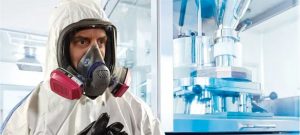 Conversely, the lowest compliance rate was found in medical evaluations. Regular medical assessments are essential to determine an employee’s ability to use RPE safely and effectively. The lack of emphasis on medical evaluations suggests a critical oversight in safeguarding worker health. Employees who are medically unfit to use RPE may face additional health risks, potentially exacerbating workplace safety concerns.
Conversely, the lowest compliance rate was found in medical evaluations. Regular medical assessments are essential to determine an employee’s ability to use RPE safely and effectively. The lack of emphasis on medical evaluations suggests a critical oversight in safeguarding worker health. Employees who are medically unfit to use RPE may face additional health risks, potentially exacerbating workplace safety concerns.
Challenges to RPP Implementation
The study revealed several systemic challenges that hinder the effective implementation of RPP in petrochemical industries:
Lack of Awareness and Training: Both employees and employers exhibited limited awareness of RPP requirements and best practices. Without proper training, employees may misuse RPE, compromising its effectiveness.
Insufficient Monitoring and Enforcement: Weak regulatory oversight and lack of routine audits contribute to non-compliance with RPP standards.
Inadequate Resources and Infrastructure: Many facilities reported resource constraints, affecting their ability to conduct medical evaluations, procure advanced RPE, and maintain equipment.
Cultural and Organizational Barriers: A lack of safety culture and resistance to change further impede the adoption of comprehensive RPPs.
- Comprehensive Training Programs
Increasing awareness through targeted training sessions for employees and employers is vital. Training should cover proper RPE usage, maintenance, and the importance of medical evaluations. Emphasis on respiratory hazard evaluation techniques should also be a core component of these programs.
- Strengthening Regulatory Oversight
Government agencies and industry bodies should enforce stricter compliance with RPP standards. Routine inspections and penalties for non-compliance can incentivize organizations to prioritize respiratory protection.
- Allocating Resources for Medical Evaluations
Facilities must allocate dedicated resources to conduct regular medical assessments. Collaborating with occupational health professionals can streamline this process and ensure compliance.
- Promoting a Safety Culture
Organizations should foster a safety-first culture by integrating RPP into broader occupational health and safety frameworks. Leadership commitment and employee engagement are key to driving this cultural shift.
- Utilizing Technology and Innovations
Leveraging advanced RPE technologies and digital tools for hazard evaluation and program monitoring can enhance the effectiveness of RPPs. Smart RPE with real-time monitoring capabilities can provide additional layers of safety.
Conclusion
The evaluation of RPP implementation in Iranian petrochemical industries highlights significant gaps in compliance, with an average RPPI of 49%. While strengths were noted in RPE selection, critical weaknesses in medical evaluations and overall program integration pose serious risks to worker health and safety. To mitigate these risks, the study underscores the importance of increasing awareness, improving regulatory enforcement, and fostering a robust safety culture. By addressing these challenges, petrochemical industries can enhance their respiratory protection measures, ensuring a safer working environment and better health outcomes for their employees. Effective implementation of RPP is not just a regulatory requirement but a moral imperative to safeguard human lives.












